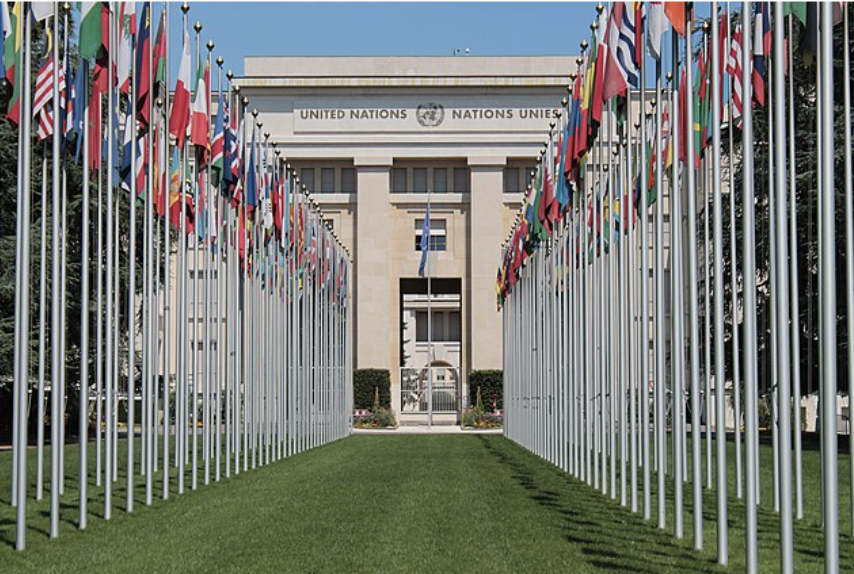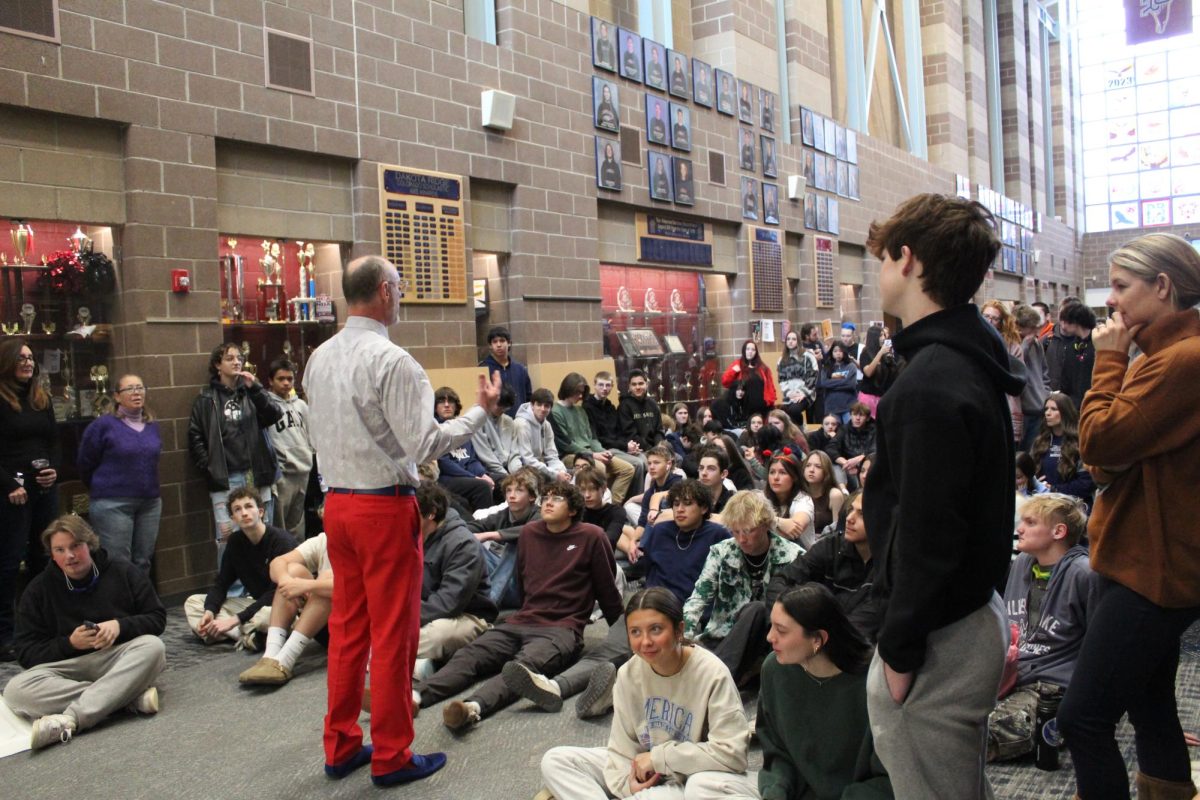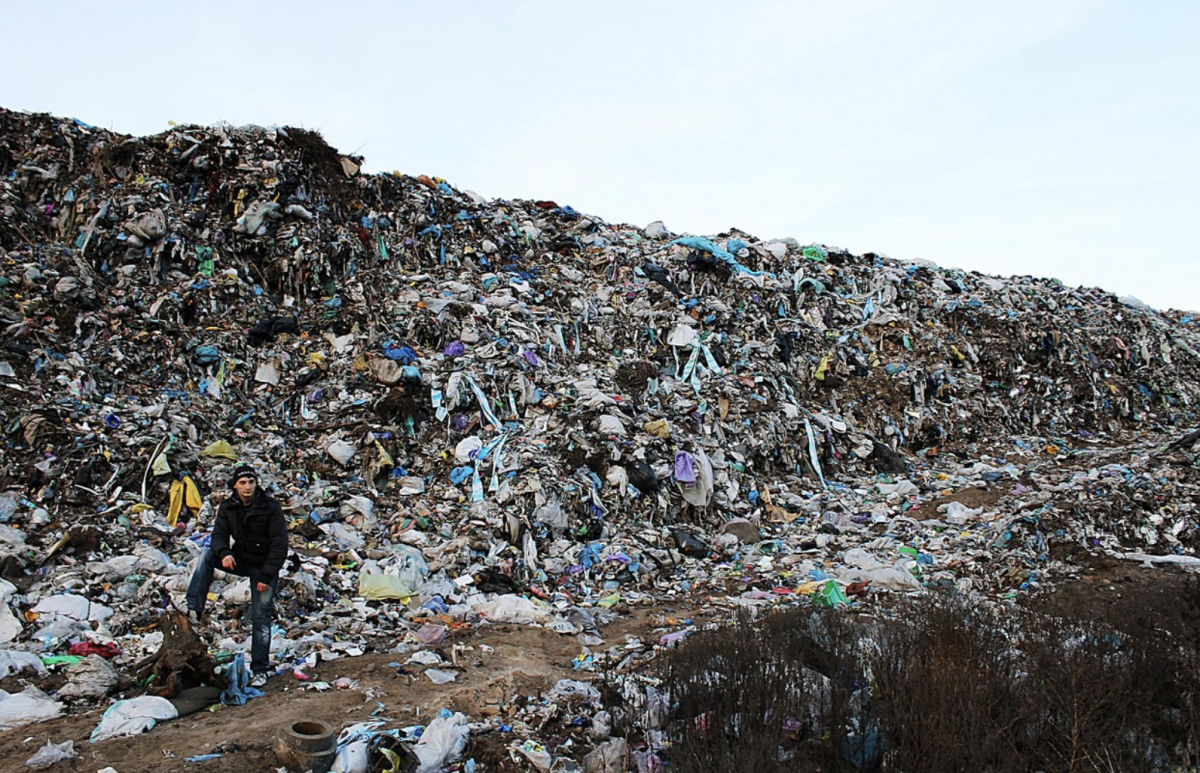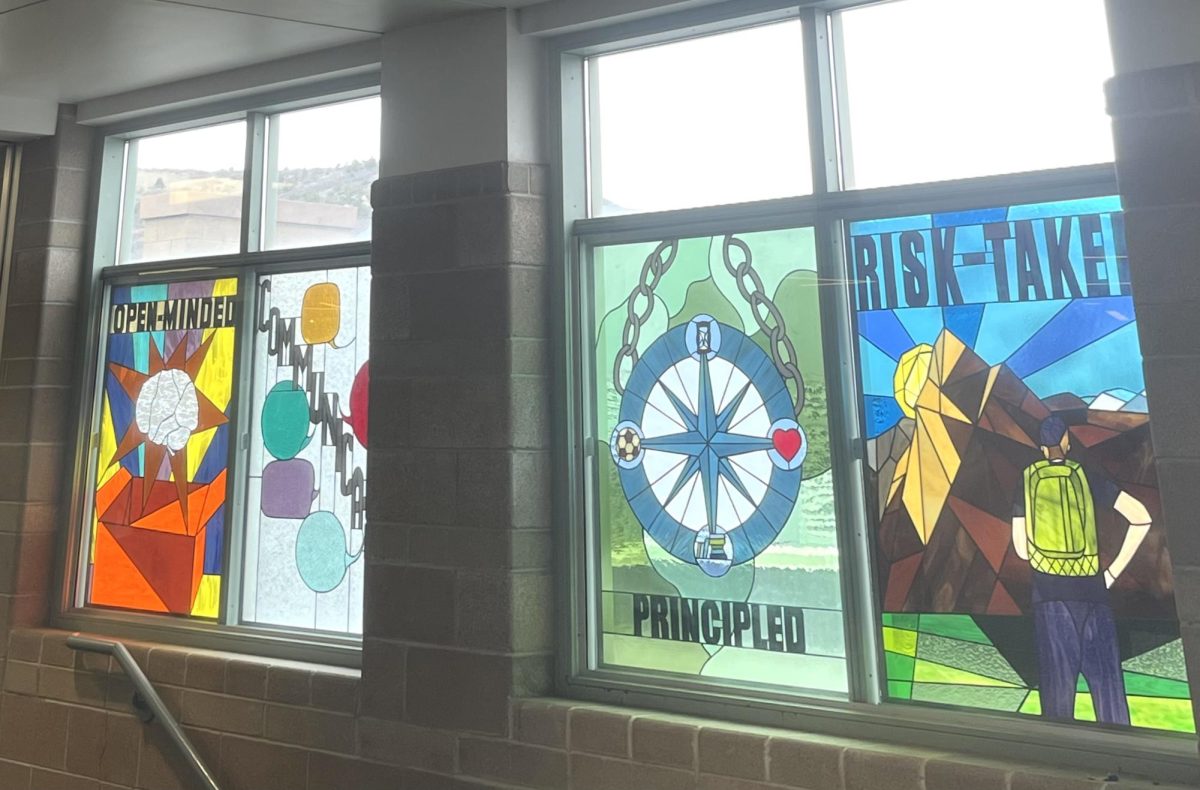Conflicts worldwide are at an all time high, and watching the news is heartbreaking, but in what capacity are children involved, and why do we not hear more about them? In 2022, 468 million kids worldwide lived in areas of armed conflict, with nearly 200 million of them living in the most lethal war zones, according to Save the Children. According to the United Nations International Children’s Emergency Fund, over 13,000 children have died in the Gaza strip and nearly 1,800 have been killed in the Ukraine.
How Did This Happen?
Throughout history, children have been involved in conflicts and wars. From the Seven Years War to World War II, children have been brought in to fight and have been killed in active fighting zones. But when we think of warfare, children still rarely come to mind because war is not a place most believe children should be present. Child soldiers even fought in our own Civil War, most notably when a unit of 247 cadets fought with the Confederate Army in the battle of New Market (1864), according to the Virginia Military Institute. More recently, U.S. forces fought against small numbers of underage Hitler Jugend (Hitler Youth) in the closing weeks of World War II.
According to Brookings, there are as many as 300,000 under the age of 18 presently serving around the globe in active war zones. With an average age of just over 12 years old, children now serve in 40% of the world’s armed forces, rebel groups, and terrorist organizations, and fight in almost 75% of the world’s conflicts. The children are often abducted to fight in wars and forced to do things that most adults could not fathom.
Often referred to as “child soldiers,” these boys and girls suffer extensive forms of exploitation and abuse that are not fully captured by that term. Warring parties use children not only as fighters but as scouts, cooks, porters, guards, messengers, and more. Many, especially girls, are also subjected to gender-based violence. Some of these warring parties can subject the children to deprivation of nutrients, healthy living conditions, or subject them to significant abuse. According to the United Nations Children’s Fund, some children who attempt to reintegrate are viewed with suspicion or outright rejected, while others may struggle to fit in, as they are faced with the psychological damage and PTSD that serving in a war can do to the mind.
What is a Child Soldier?
UNICEF defines child soldiers as “any child—boy or girl—under eighteen years of age, who is part of any kind of regular or irregular armed force or armed group in any capacity.” Established as a relatively new age limit as of 2002, prior the 1949 Geneva Conventions and the 1977 Additional Protocols had set fifteen as the minimum age for participation in war. However, it is almost universally understood that 18 is the age of adulthood, so it seems hypocritical to set those age parameters when most people cannot buy a gun until they are 18. There are still some debates around the world considering the cultural standards of maturity; what the West considers mature might not be what other parts of the world consider to be.
Are Child Soldiers Effective?
Child soldiers are considered trusting and vulnerable, and children can often be easily intimidated and manipulated. In combat, children can be daring and tenacious, particularly when under the influence of drugs—a common practice—or when compelled by political or religious means. Two examples can be noted in WWII: under Hitler, his use of drugs to ‘help’ the Nazi troops fight in war better, and the USSR, which had complete control over their child soldiers as they were committed to communism and their political commitments.
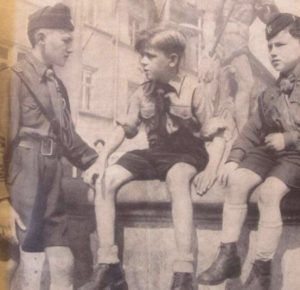
It should be noted that child units can add great confusion to any battlefield, though slowing opposing forces’ progress. In many cases children will be used as scouts, messengers, bomb-makers, and suicide bombers. Many young girls, some as young as eight, can be pushed into trafficking, according to the Human Rights Watch.
History of Children in War
For years children have been involved in conflict, fighting in the wars that the adults around them, meant to protect them, started. According to Digital History, William Black was twelve when he fought and was wounded in the Civil War. In 1861 President Abraham Lincoln announced that American citizens could not enlist to fight under the age of seventeen without parental consent. Many were able to enlist because their parents had allowed them to. The South is more undocumented in the fighting of the Civil War and the ages of the soldiers.
World War II included a large use of child soldiers, from Hitlerjugend representing Hitler Youth members, to the United Kingdom allowing boys aged seventeen to fight in the war and enlist. The youngest recorded member of the United States military was 12-year-old Calvin Graham. He lied about his age when he enlisted in the US Navy, and his real age was not known until after he was wounded.
The introduction of the United Nations Convention on The Rights of a Child in 1989 was the first time that any formal commitment was entered into that specified, protected, and realized the human rights of a child. Currently, UNICEF defines a child soldier as, “any child – boy or girl – under eighteen years of age, who is part of any kind of regular or irregular armed force or armed group in any capacity.”
Refugees in America and How They are Hoping to Rebuild Their Lives
Refugee status is determined by the United Nations; most refugees who enter the U.S. refugee admissions program are identified and referred for resettlement in the U.S. by the U.N. refugee agency (UNHCR), a U.S. embassy, or an approved humanitarian aid organization. Resettlement means the selection and transfer of refugees from a country in which they have sought protection to a third State that has agreed to admit them as refugees.
The U.S is only one of the 29 resettlement countries across the world, and out of the 26 million refugees in the world, less than one percent are considered for resettlement. The number of people worldwide who are forced to flee conflict and persecution has reached an all-time high, propelled by the wars and fighting in Ukraine, Gaza, Sudan, Syria, Burkina Faso, Myanmar, and by political battles in Venezuela, the Democratic Republic of the Congo, and elsewhere.
Project Worthmore is one of the non-profit refugee camps located here in Colorado. “Before arriving in Colorado, our clients lived all over the world,” said Livia Anello, with Project Worthmore. “We serve refugees from over 25 countries who come from diverse cultures and backgrounds…Project Worthmore was founded in 2011 as a response to the acute need for assistance of the refugee families in their community.”
Climate shocks, earthquakes and other natural disasters continue to uproot vulnerable children and families. An estimated 60 percent of refugees and internally displaced people live in countries that are hardest hit by climate change.
UNICEF estimates that when millions of people fled the Ukraine in February of 2022, 9 out of 10 were either children or women. UNICEF helped to place many families affected by war and disaster in ‘blue dot’ places.
Another non-profit in Colorado is Rose Community Foundation. “We believe all people – regardless of race, ethnicity, religion, gender, gender identity, age, sexual orientation, ability or country of origin – are equal and worthy of dignity, honor and full inclusion in community life,” Rose Community Foundation coordinator B’tzelem Elohim said.
War Affects the Innocent
Worldwide, about 43.3 million children had been displaced as a consequence of conflict and violence as of the end of 2022 according to UNICEF. This figure has doubled in the last decade, despite efforts to protect displaced children. Of the 43.3 million children living in forced displacement by the end of 2023, 25.8 million — almost 60% — were internally displaced by conflict and violence. Natural disaster and extreme weather led to another 12 million displaced children by the end of 2022.

The worldwide number of refugee and asylum-seeking children also hit a new high of 17.5 million by the end of last year, according to UNICEF estimates. According to UNICEF, most of these children will spend their entire childhoods in displacement. Refugee and internally displaced children are among the most vulnerable, with many denied access to education and health care.


